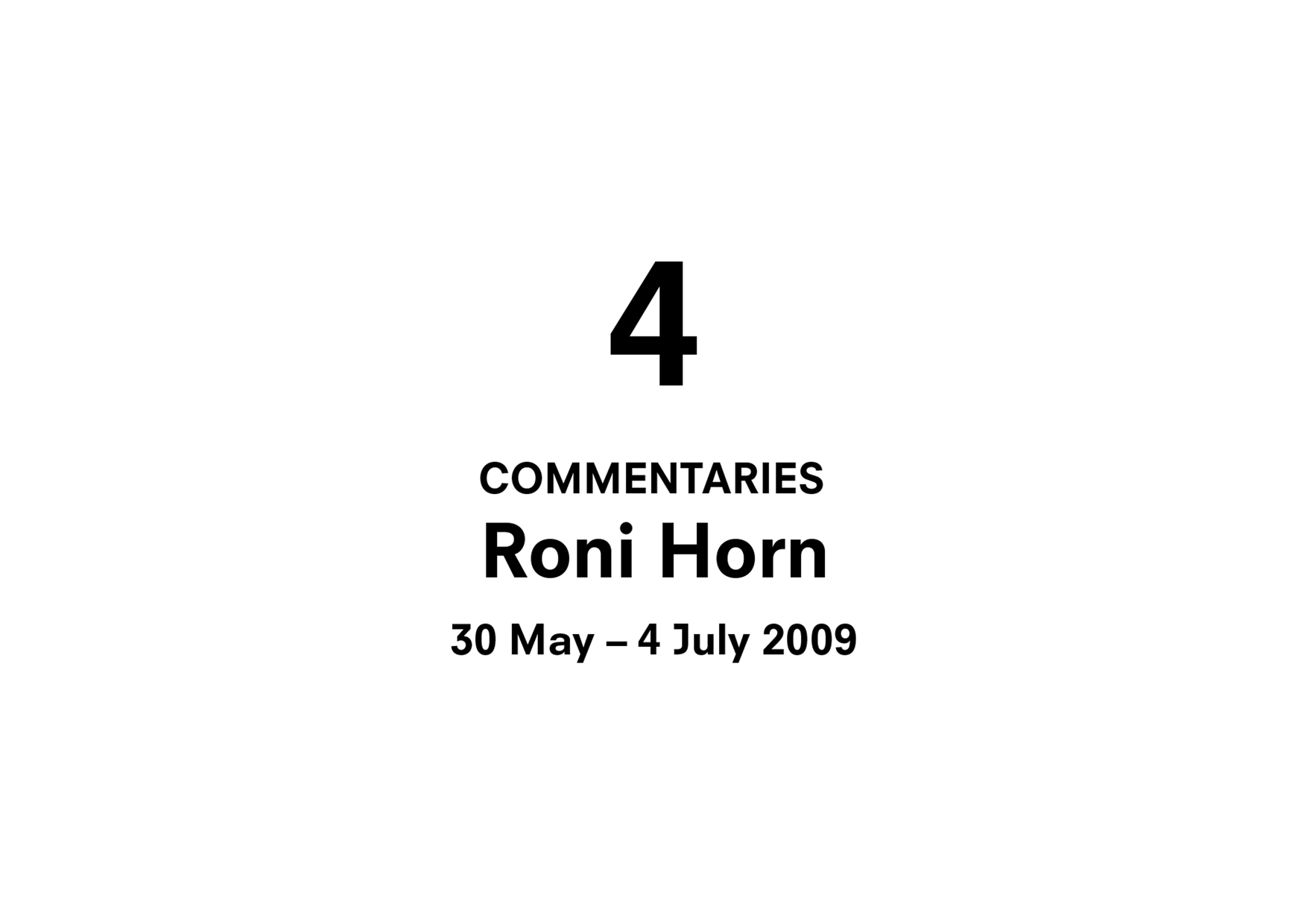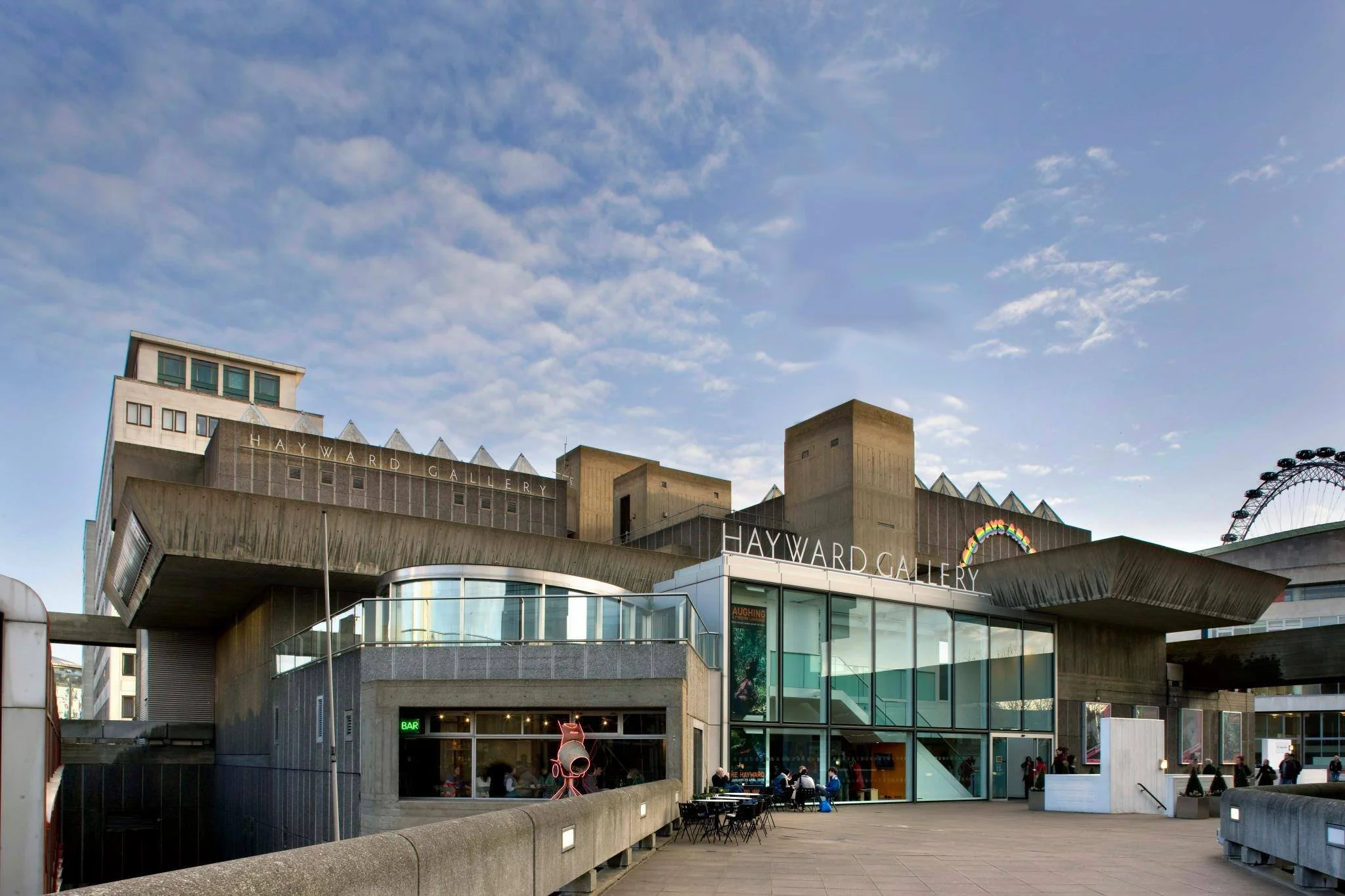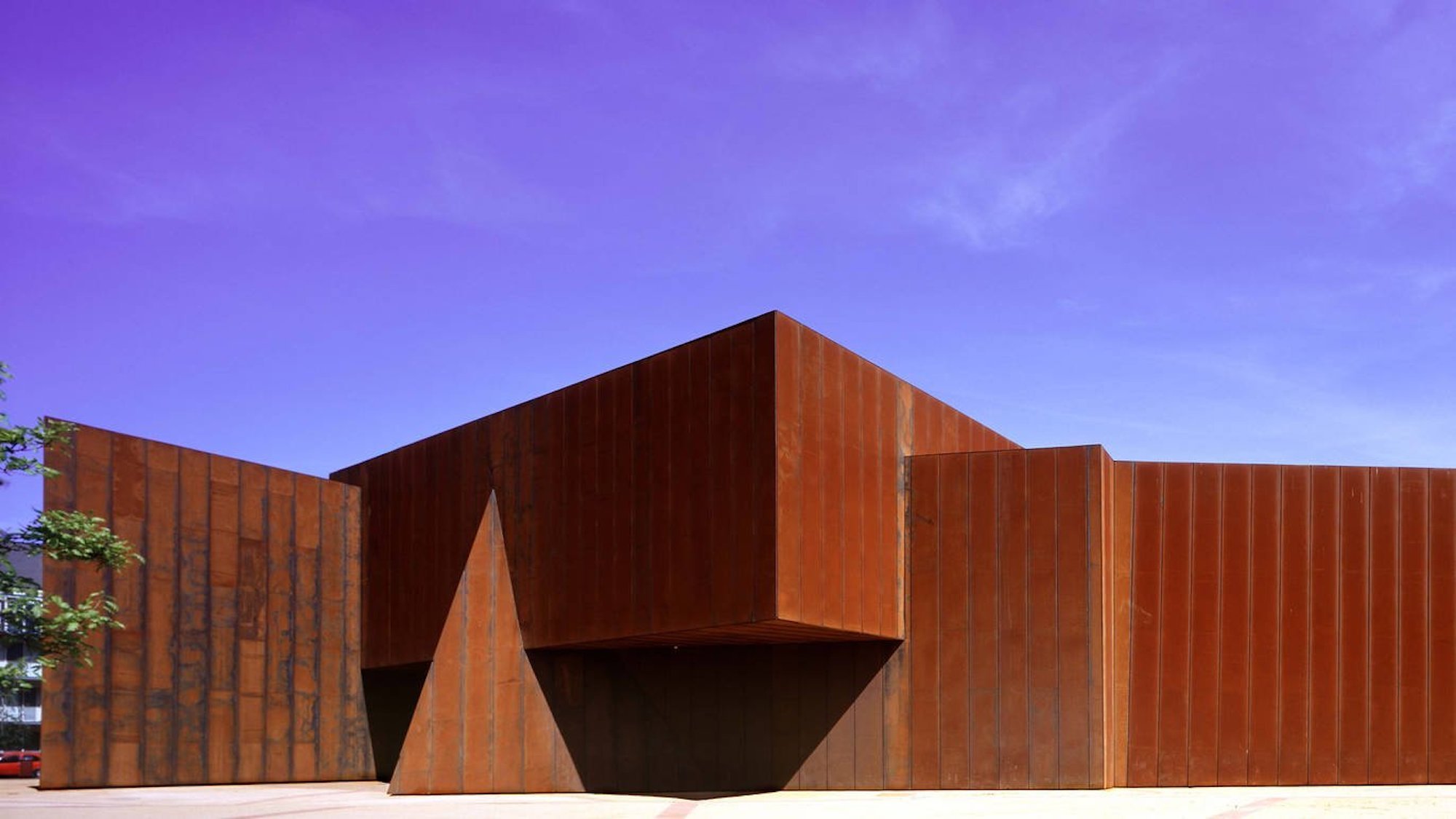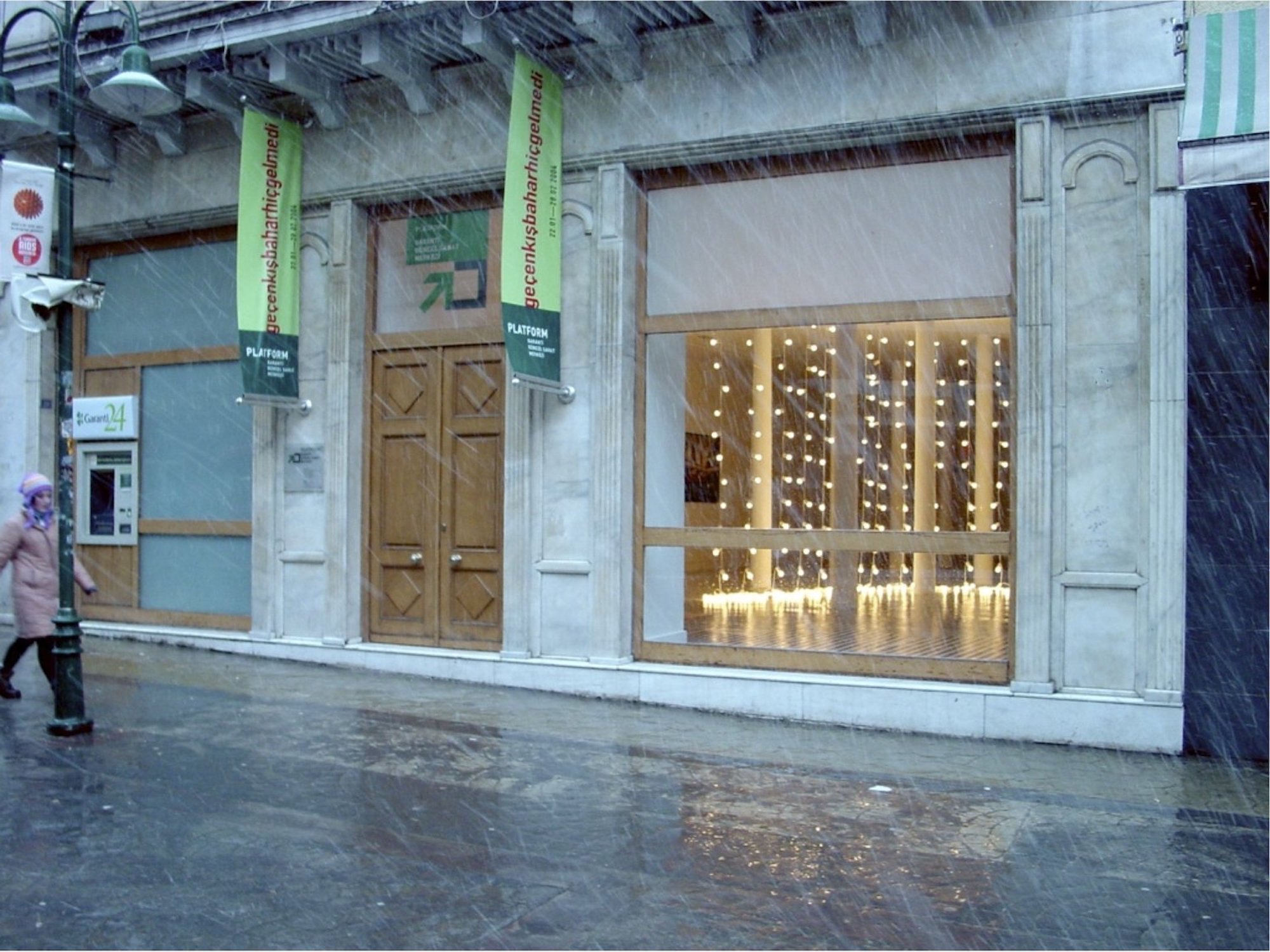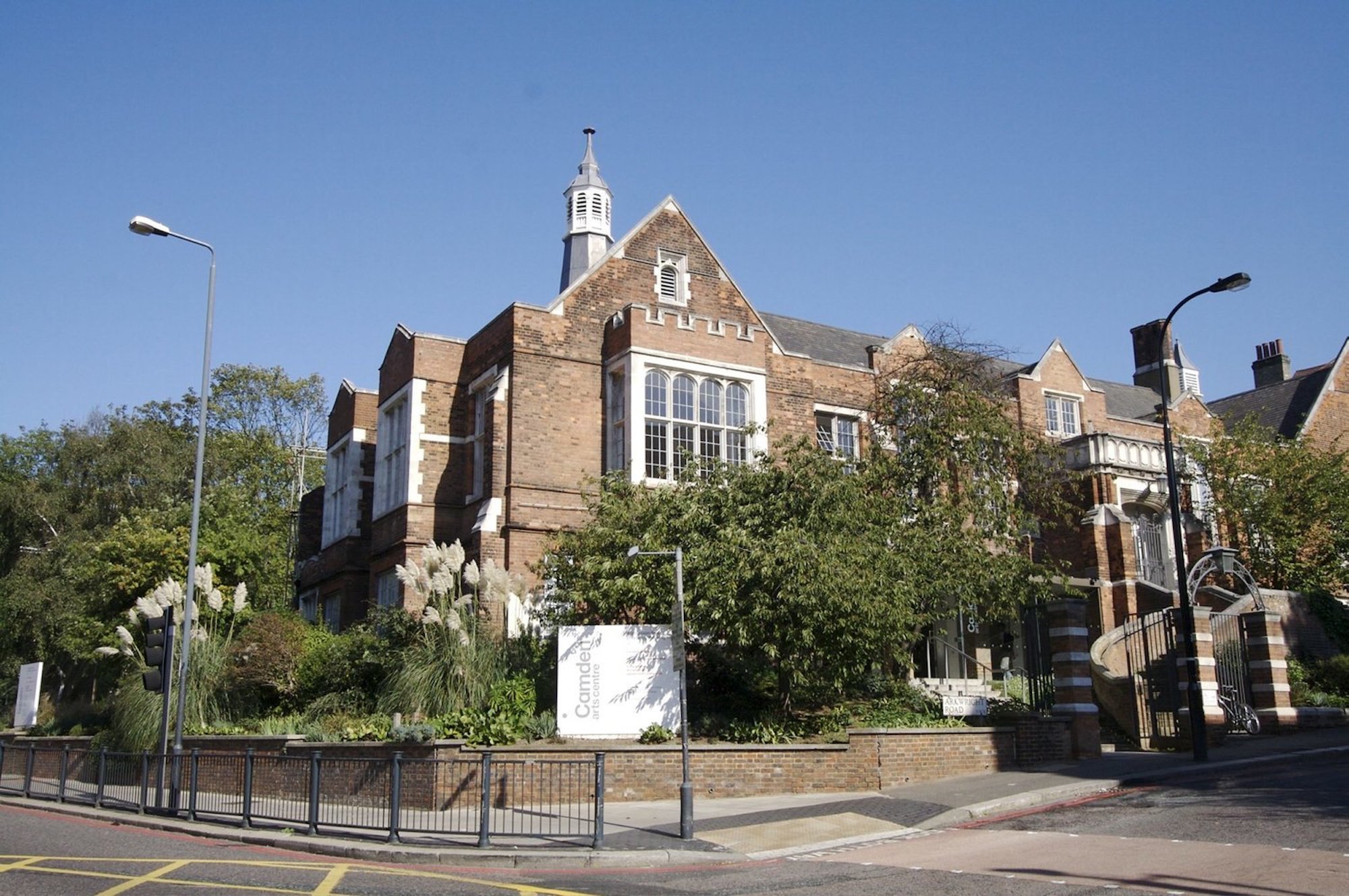
Mircea Cantor – 'Which light kills you’
Mircea Cantor, 'Which light kills you', 2009. Courtesy the artist and Dvir Gallery, Tel Aviv.
Mircea Cantor is the epitome of a 21st century artist, constantly crossing borders but always returning to his roots. Having grown up in Eastern Europe during the Communist era, Cantor frequently draws on his own memory to explore the realities of power and the disintegration of cultural boundaries. Cantor often positions himself at the crossroads between worlds, acting as an observer of societies and cultures and encouraging comparisons between differing attitudes and beliefs.
Mircea Cantor, ‘Diamond Corn’ (2005) (detail). Courtesy the artist and Dvir Gallery, Tel Aviv.Photo: Ruth Clark.
Cantor creates works that act as tools with which we can deconstruct the meaning of our everyday lives. Through subtle gestures and arrangements, he enhances our habitual perceptions and expectations, highlighting the peculiarities without lecturing in morality or artificial solutions. Cantor stages a reality that is in constant flux, deliberately resistant to unambiguous categorisation and decisively determined by uncertainty. His work takes up social issues while combining political content with a distinctly poetic formal vocabulary.
Exhibition Details
‘Which light kills you’ was curated by Ami Barak.
Exhibition Talk
On 23rd January, Dr. Dominic Paterson, writer and art historian based at the University of Glasgow, offered his thoughts on the work of Mircea Cantor and his exhibition ‘Which light kills you’.
Read the Commentary by Dr. Dominic Paterson –
Related

Roni Horn – 'the tiniest piece of mirror is always the whole mirror'
Roni Horn’s work sets up relationships: between images, between words and between object and viewer. 'the tiniest piece of mirror is always the whole mirror' followed ‘Roni Horn aka Roni Horn’, her major show at Tate Modern, and brings together a concise group of works that share Horn’s characteristic evocation of the fine line between sameness and difference.
Roni Horn, 'the tiniest piece of mirror is always the whole mirror' installation view, The Common Guild, 2009. Photo: Ruth Clark.
Specifically selected with the artist in response to the particular characteristics of The Common Guild’s grand but domestic gallery spaces, the exhibition also demonstrates the range of forms in which Horn works – photographic installations, drawing, sculpture and books. Its title came from the work of legendary Brazilian writer Clarice Lispector (1920 – 1977), via a work included in the exhibition, and is suggestive of the many instances of reflection to be found in this coming together of art and place.
Roni Horn, 'the tiniest piece of mirror is always the whole mirror' installation view, The Common Guild, 2009. Photo: Ruth Clark.
The exhibition includes works from the ‘Portrait of an Image’ group, featuring numerous images of the actress Isabelle Huppert, whom Horn had asked to impersonate herself in a number of film roles, resulting in a series of portraits each subtly yet undoubtedly different from the other. While the distinctive purity that recurs in Horn’s work is exemplified by the remarkable ‘Gold Field’ (1982-2003), a thin sheet of gold, the result of Horn’s desire to ‘bring gold back to its simple physical being’. As with all of her work, the ‘meaning’ of each piece rests in the viewer’s experience, in the relationship created.
Exhibition Details
Exhibition Talk –
In an exhibition talk on 27th June, Dr. Dominic Paterson, writer and art historian based at the University of Glasgow, offered his thoughts on the work of Roni Horn and her exhibition ‘the tiniest piece of mirror is always the whole mirror’.
Read the Commentary by Dr. Dominic Paterson –
Related

Detours / Adam Szymczyk
Kunsthalle Basel, Basel.
As part of the ‘Detours’ series, The Common Guild presents Adam Szymczyk, Director of Kunsthalle Basel.
Since 2003, Adam Szymczyk has been the Director of Kunsthalle Basel, where he has organized exhibitions including Rosalind Nashashibi: Over In, 2004; Carl Andre: Black Holes, 2005; Tomma Abts, 2005; Lee Lozano: Win First Don’t Last Win Last Don’t Care, 2006; Goshka Macuga: I Am Become Death, 2009 and, most recently Lucy Skaer A Boat Used as A Vessel. In 1997 he was involved in setting up the Foksal Gallery Foundation in Warsaw and continued to work there until 2002. In 2008 he co-curated with Elena Filipovic the 5th berlin biennial for contemporary art under the title ‘When Things Cast No Shadow’.
The Trades Hall of Glasgow was designed by Robert Adam in 1791 — 94. The medieval cathedral aside, it is the building is the oldest in Glasgow still in regular use for its original purpose.
This event is a collaboration with The Glasgow School of Art.
Event Details
‘Detours’ is a series of talks introducing views from elsewhere by leaders in the visual arts. Speakers discuss the relationship between practice and context: how institutions and professional practice develop in response to specific situations, both geographic and cultural.
Listen -
Related

Detours / Polly Staple
Chisenhale Gallery, London.
As Part of our ‘Detours’ series, The Common Guild invites Polly Staple, Director of London’s Chisenhale Gallery since 2008.
Polly Staple was formerly Editor at Large of frieze magazine, Director of Frieze Projects, Curator at Cubitt Gallery and co-Editor of Untitled magazine. Over the past ten years Staple has produced projects and exhibitions with a range of artists including Pawel Althamer, Phil Collins, Jeremy Deller, Rosalind Nashashibi & Lucy Skaer, Martha Rosler, Lawrence Weiner and Cathy Wilkes, among others. She has contributed to a range of publications and catalogues including frieze, Art Monthly and Afterall writing criticism and essays on artists, including most recently – ‘Film as Critical Practice’, ‘Feminism’, Seth Price, Clemens von Wedeymer, Michael Beutler, Micol Assaël, Johanna Billing, Hilary Lloyd and Joanne Tatham & Tom O’Sullivan. May 2009 sees the launch of her new programme for Chisenhale.
This event is a collaboration with Glasgow School of Art.
This event takes place in the unique Trades Hall of Glasgow, designed by Robert Adam in 1791-94 and now – the medieval cathedral aside – the oldest building in Glasgow still in regular use for its original purpose.
Event Details
‘Detours’ is a series of talks introducing views from elsewhere by leaders in the visual arts. Speakers discuss the relationship between practice and context: how institutions and professional practice develop in response to specific situations, both geographic and cultural.





















